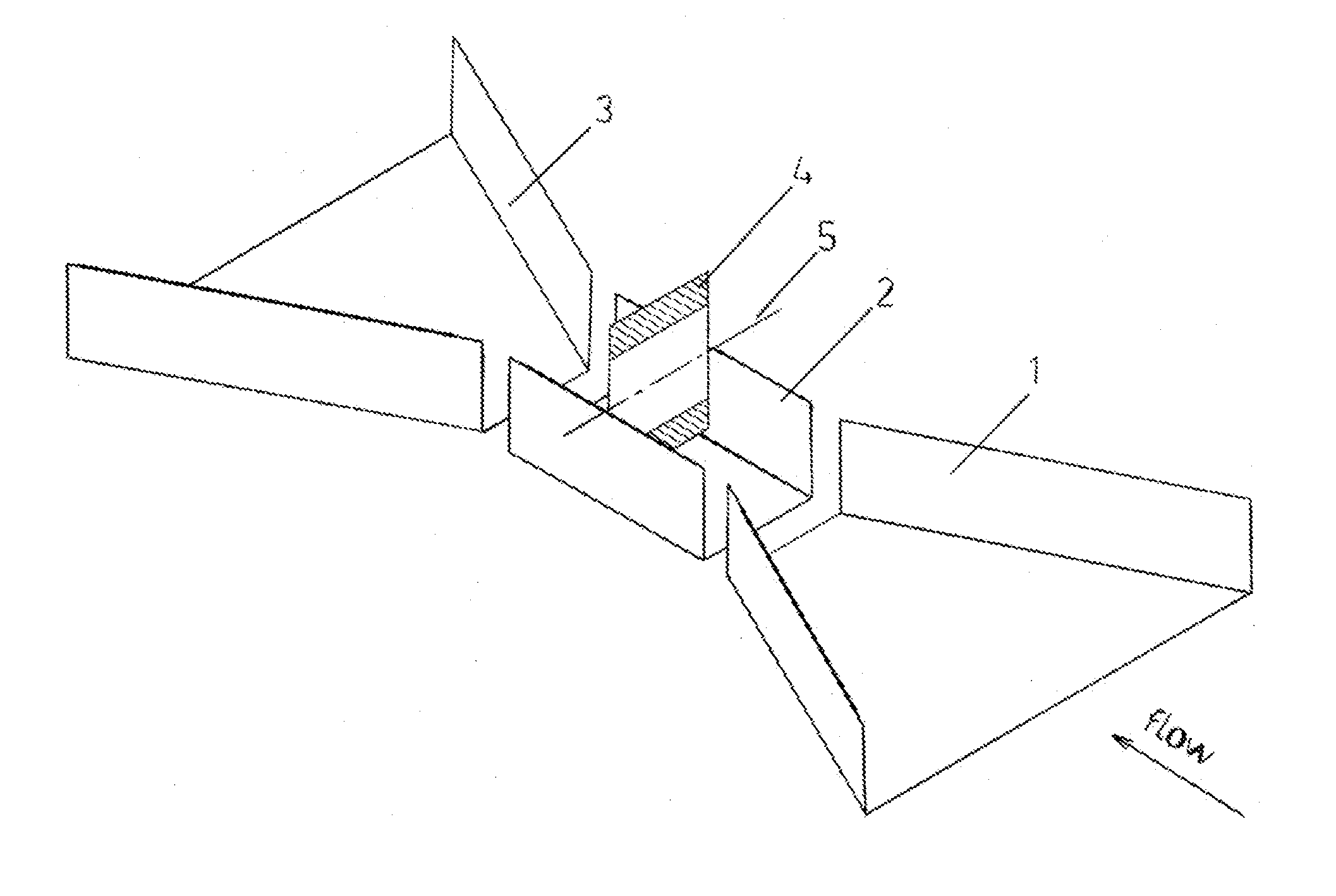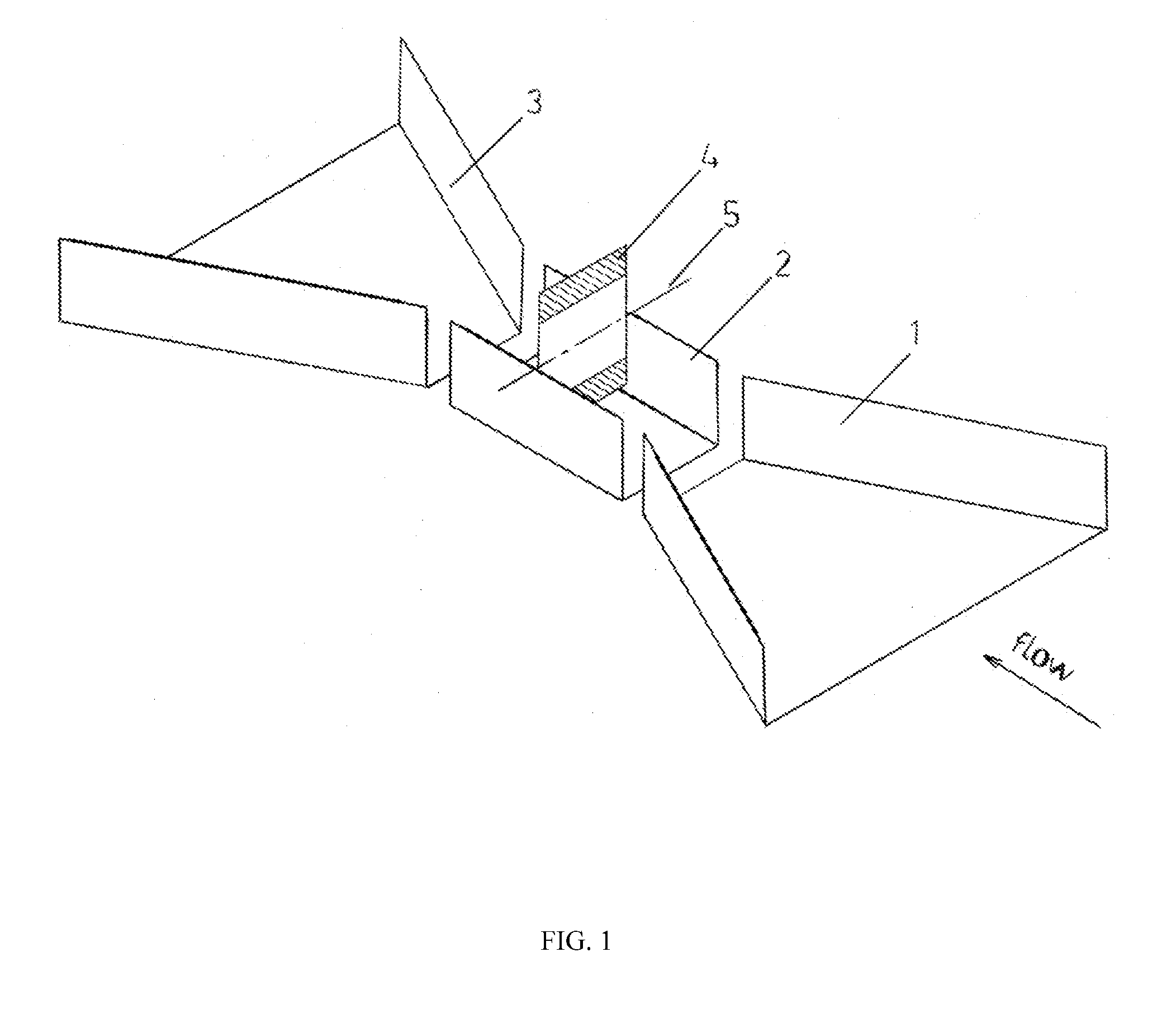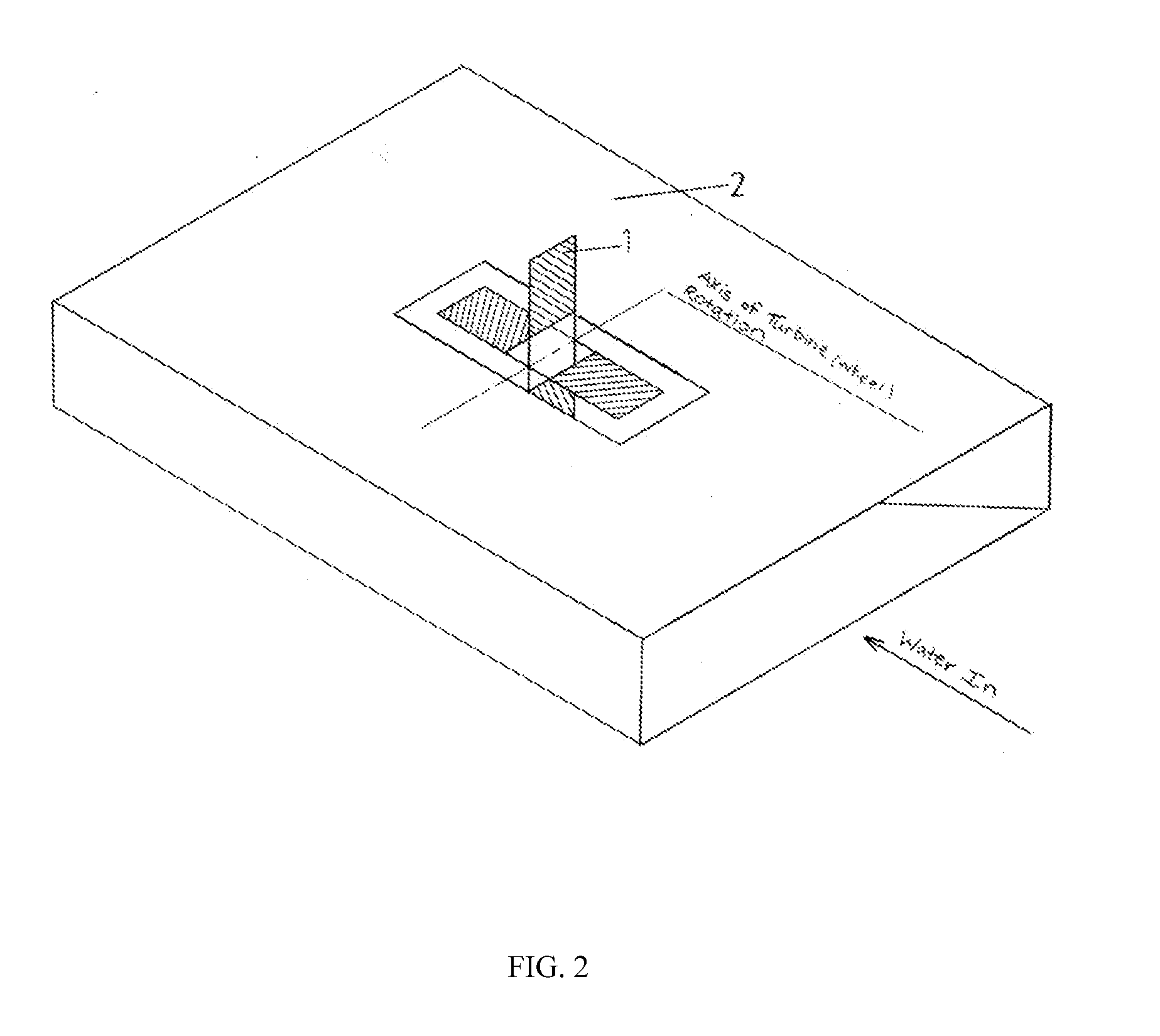Fossil fuels resources are limited and insufficient for the support of long term industrial and technological developments.
On the other hand, uncertainties associated with the supply of fossil fuels have had negative
impact on global economy for decades.
Horizontal-axis wind turbines have been used to convert wind energy into electrical power with practical and industrial applications; however, current horizontal-axis wind turbines are expensive and huge in size.
Moreover, transportation to the location of use, installation, and repair & maintenance of such wind turbines is expensive and requires special equipment and techniques which cannot be afforded by individual customers such as ranchers and farmers.
Producing electrical power of industrial and practical importance from water is limited to building hydroelectric power plants, which requires construction of dams over rivers in mountainous areas.
Moreover, natural disasters, such earthquakes, can cause damage to dams, thus put the adjacent communities in danger.
Water wheels have been used to produce electrical power from rivers, however, at an insignificant rate and with no practical application.
Similarly, there is not any industrial, practical, and economical method or device to capture energy from water in oceans or seas at a significant rate.
Moreover, as the entire
paddle wheel electric generation device is mounted and supported on two
inflatable tubes, indicates that this
system can be used only for small
paddle wheels thus it cannot be used for large scale power generation.
Furthermore, this patent claims only capturing energy of the naturally hard-flowing streams; it does not have a claim to generate a hard-flowing
stream before capturing its energy.
Finally, this patent does not claim any method to generate a hard-flowing
stream before capturing
water energy.
There is not any screening means to protect the
paddle wheel electric generation device against possible floating objects carrying by the stream.
Also, there is not any means of shutting down the
paddle wheel electric generation device for repair and maintenance periods.
This is in violation of
engineering practice and is a serious safety issue as the current carrying cable may come into physical contact with the main
drive shaft electrically, thus with all the components of the
paddle wheel electric generation device if these components are made from
metal.
These features, in addition to routing the control and transmission lines under the water, make the cost of the power that can be generated by a portable device expensive and also necessitate some degree of technical expertise to operate and maintain the device continuously.
While concentrating flow by narrowing the flow channel has not been included in the claim, it is suggested to narrow the flow channel only by a factor of two; if the water powered
electric generator is intended to cover the entire river span, the
throat size and the width of each
paddle wheel become as half as the river span, making the device an impractical option.
Also, endless belts, that are used to transmit power, can transmit a limited power, making the water powered electric generator inappropriate for large scale power generation.
On the other hand, in rivers with ordinary water velocities, a single unit with a small narrowing ratio of two cannot produce sufficient
electric power even for individual families.
Moreover, the water powered electric generator is floating in water, thus it does not take
advantage of the total depth of the running water.
There is not any screening component, thus objects floating in water can damage paddle wheels and disrupt power generation.
As a result, the angular ducts will have a negative
impact on function of the device.
Therefore, this device is expensive, complicated, cannot function without frequent disruption, and is not appropriate for large scale power generation.
Structure of the
water wheel electric generation device, described above, is impractical for power generation at small scale.
On the other hand, the device does not have means of directing large amounts of flowing water towards the paddles; thus magnitude of the generated power can be increased only by increasing the paddle size.
Therefore the
water wheel electric generation device is not practical and appropriate for power generation at large scale either.
Also, the device is not equipped with any means for shutting down for repair and maintenance intervals.
The wave and current operated power generating device, described above, has a complex structure, it is impractical, and is too expensive to be used for power generation at small scale for individual families.
The device, therefore, lacks means of directing a large amount of water towards the paddle wheel, thus it cannot produce electrical power at large scale with a practical paddle wheel size.
Therefore the
wave motor is not practical and appropriate for power generation at large scale.
This results in different rotational speeds of rotors.
The gear box will not function properly if rotors intend to rotate the single gear at different speeds.
The vertical multi-phased wind
turbine system, described above, has a complex design and cannot result in a practical product.
The targeted produced power is limited to 50 kW of power, thus it is not intended for large scale power generation.
This makes the above method and apparatus impractical.
This is another
weakness of the above patent as there is a practical limit on the size of the
diameter of the single
piston which makes this patent not suitable for energy production at a significant rate.
Therefore, this generator cannot generate power at a significant rate.
The used arrangement, while results in a unidirectional rotation of the power shaft, makes the power shaft to come to a stop each time that wheel's direction of rotation changes.
Therefore, the rotational speed of the power shaft oscillates between zero and a maximum value making the horizontal motion
wave power generator inefficient in capturing wave energy.
 Login to View More
Login to View More  Login to View More
Login to View More 


